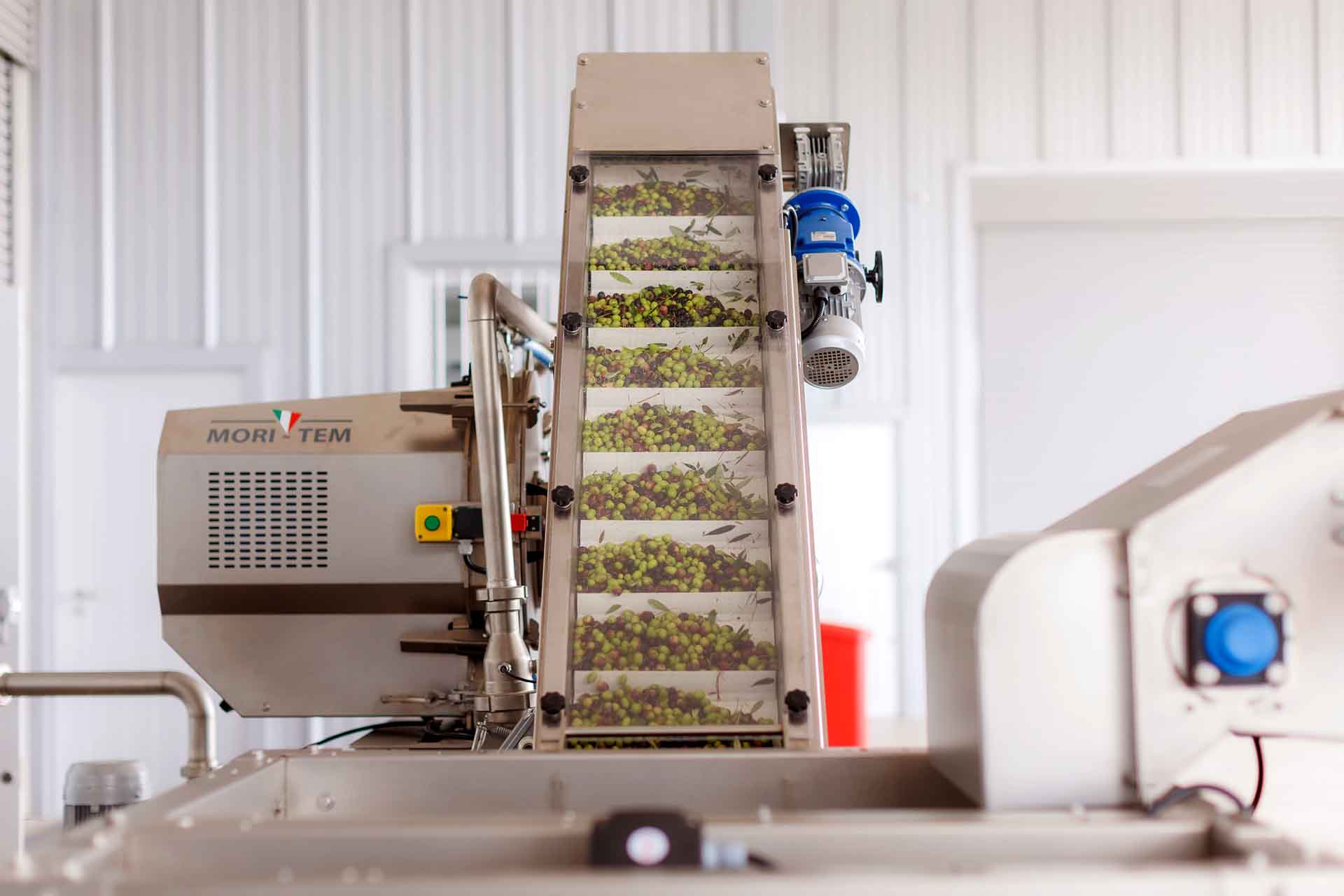Green construction
Our mill was entirely built based on international sustainable construction standards, supported by the LEED system (Leadership in Energy and Environmental Design, in English), aiming for LEED BD+C v4, LEED Zero Energy and LEED Zero Water certifications which, in In other words, they are certifications granted to buildings that, in addition to being efficient, are self-sufficient in generating energy for their operation, as well as guaranteeing the treatment of effluents to balance the project's water balance, in addition to low carbon emissions. The LEED seal (still in the certification process) is a certification that encourages and accelerates the adoption of sustainable construction practices.
Solar energy
Our energy comes 100% from the sun and today we produce more energy than we consume, the surplus is used by the region's concessionaire. We implement photovoltaic panels within our area to generate renewable energy. The use of solar energy is one of the most promising sustainable attitudes in the fight against environmental degradation, as it is inexhaustible - it never runs out as it does not use scarce natural resources on the planet - and clean, that is, and does not generate pollution.
Water Treatment Plant
Through the Water Treatment Station (ETA) installed on the farm itself, with a treatment capacity of 1000 liters per hour, the water resulting from the production process is treated daily. Water consumption during the harvest is around 200m³ per month and all water used in production has potability control. These processes are documented and are within the Environmental Management System.
Effluent treatment plant
We also have an Effluent Treatment Station, which carries out the treatment process of water from production processes, thus preventing groundwater pollution and promoting the correct disposal of the effluents generated. This process is documented and is within the Environmental Management System.
Disposal of Olive Paste
The olive paste that remains after the extraction of olive oil, generated by the production process, is sent to composting pits, in accordance with the rules of the Henrique Luís Roessler State Environmental Protection Foundation - RS (Fepam)
Responsible Waste Management
Since February 2022, Lagar H has had a Recyclable, Organic, Non-Recyclable and Hazardous Waste Management Plan.
- Organic or non-recyclable waste: generated in the production process and in bathrooms. The latter are packed in plastic bags destined for landfill.
-
Organic residues from olive trees:,
- Leaves and stems are incorporated into olive tree crops.
- The pulp is dehydrated and used for fertilizer.
- Lumps are dried and stored for use as household fuel.
- Recyclable waste: paper, cardboard, plastic, aluminum and glass, stored separately, in a covered area until its final destination to an outsourced company.
- Hazardous waste: consisting of printer cartridges, toners and electronic waste, which are stored in specific locations, where they remain until their final destination to a third-party company.
Want to know more about our initiatives? Access our Impact Report and our Greenhouse Gas Emissions Report
